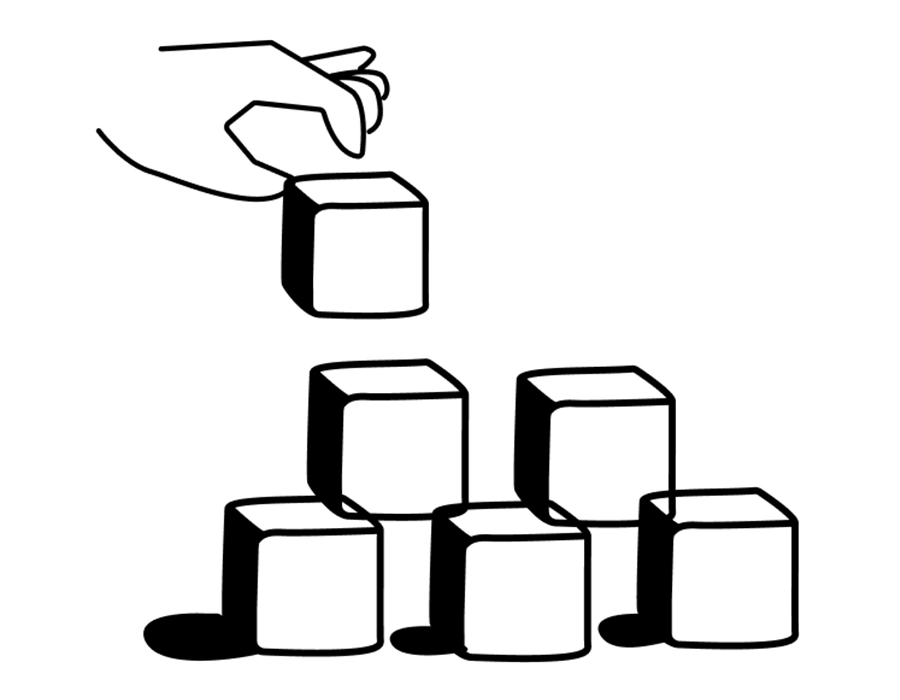How to Achieve High-Impact Product Management: Key Strategies for Success
- Updated April 25, 2025
- 3 Min Read
Introduction
Being a product manager isn’t just about building products—it’s about making sure your team runs smoothly, delivering high-quality results while keeping users happy. It’s a tough job, no doubt. But what if there was a way to get the most out of your efforts without burning out?
That’s where leverage comes in.
Understanding Leverage
In product management, leverage is about using your resources efficiently to maximize impact. Understanding leverage requires breaking it down into two core concepts:
1. Managerial Output
A manager’s success isn’t measured by how many hours they work—it’s measured by the results they drive. In simple terms:
Managerial Output = Team’s Output + Output of Other Teams They Influence
If your team is doing great, but your inefficiency is slowing them down, your output suffers. On the other hand, if you can elevate not just your team but also influence adjacent teams, your impact multiplies.
2. Managerial leverage
Some tasks yield more impact per unit of time than others. Leverage is about choosing high-impact activities over low-yield ones.
For instance, let’s say you have two tasks on your plate: task A and task B. By assessing their impact versus the time they take, you can prioritize effectively.
How to Apply Leverage Like a Pro
Now that we understand leverage, let’s talk about how to use it to your advantage. Here are eight practical ways to apply leverage in product management:
1. Ruthless Prioritization
With a never-ending to-do list, it’s easy to drown in daily tasks and lose sight of the big picture. Instead of reacting to everything, focus on high-impact tasks first.
High-leverage activities include:
- Defining product vision
- Developing a roadmap
- Identifying and solving key pain points

Tools like the Eisenhower Matrix, as shown in the image above, or the GTD Method can help you prioritize effectively. You can also use real user data to guide prioritisation—platforms like Feedspace make collecting and analysing feedback seamless.
2. Leveraging Individual Strengths
Your team isn’t just a collection of people; it’s a powerhouse of skills. Identify each member’s unique strengths and delegate accordingly. The right people working on the right tasks not only speeds up execution but also improves quality.
Regular check-ins and feedback sessions can help uncover hidden talents and areas of improvement. The better you know your team, the better you can leverage their strengths.
3. Tapping into External Resources
Sometimes, your team’s skill set isn’t enough. That’s when external resources—consultants, vendors, specialized tools, or even cross-functional collaborations—can step in to fill the gaps.
This ensures your team focuses on what they do best while outsourcing the rest. Plus, an outsider’s perspective can often provide fresh insights that might otherwise be overlooked.
4. Mastering Communication
Miscommunication is a silent killer of productivity. Clarity in instructions, expectations, and goals ensures that everyone is on the same page, reducing the need for constant back-and-forths.
Some quick fixes:
- Set clear guidelines on how and when to reach you
- Share detailed briefs upfront
- Use asynchronous communication (Slack updates, Basecamp, etc.) to avoid unnecessary meetings
5. Smart Delegation
Many product managers fall into the trap of thinking they need to do everything themselves. That’s a fast track to burnout. Instead, empower your team by delegating tasks they can handle.
When you delegate well:
- You free up time for high-impact work
- Your team grows more independent and capable
- Decision-making speeds up
6. Data-Driven Decision Making
Guesswork has no place in product management. Leverage data to guide your decisions. Tracking key performance indicators (KPIs) like user engagement, retention, and revenue helps ensure that your efforts are aligned with actual needs.
Regularly analyzing user feedback (using tools like Feedspace) and behavioral analytics can help refine your roadmap and avoid costly missteps.
7. Stakeholder Collaboration
Product managers don’t work in isolation—you need to align with users, investors, engineers, designers, and other teams.
To foster collaboration:
- Schedule regular check-ins
- Share updates transparently
- Seek continuous feedback
When everyone’s aligned, execution becomes seamless.
8. Building Strong Documentation
Ever spent hours answering the same questions over and over? That’s a sign of weak documentation.
Good documentation means fewer repetitive tasks, smoother onboarding and faster decision-making.

Invest time in creating tutorials, onboarding guides, FAQs, and process docs. When done right, documentation eliminates redundant conversations and keeps things moving.
The Big Picture
Leverage isn’t just a productivity hack—it’s a force multiplier. The better you use it, the more you can accomplish without working harder. Over time, leveraging the right strategies will make your team more efficient, your decisions more informed, and your impact exponentially greater.
Stay in the Know
Get ahead with TechUp Labs' productivity tips & latest tech trend resources



